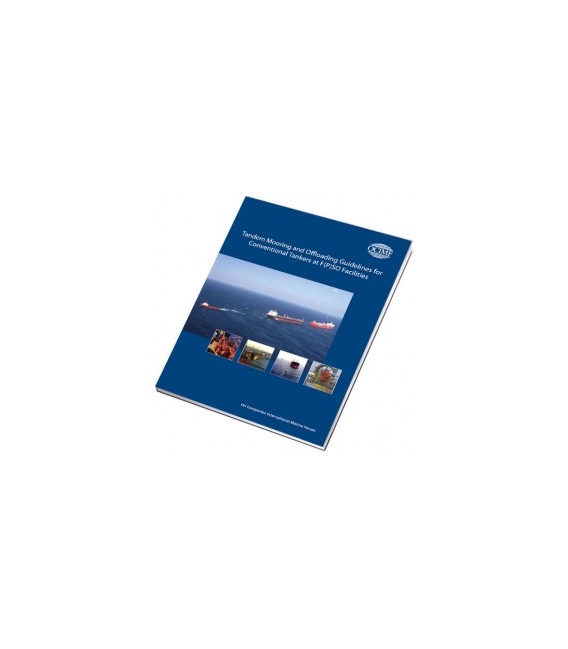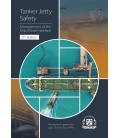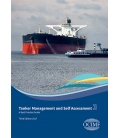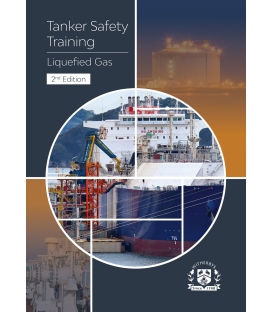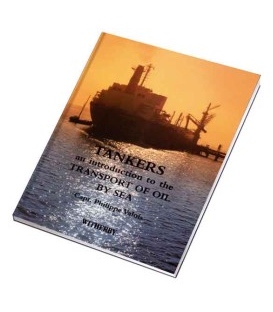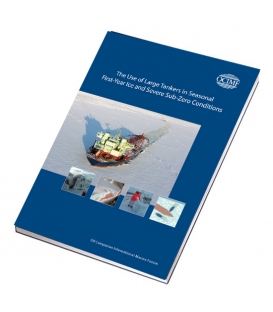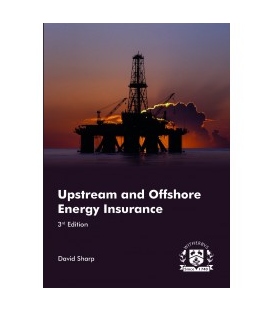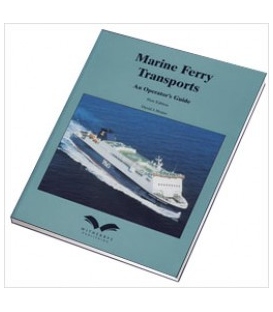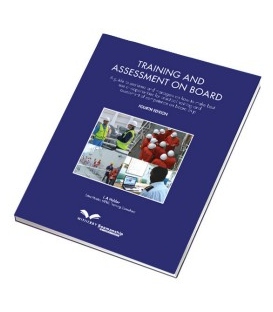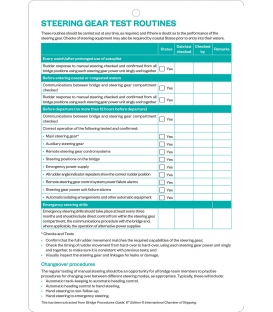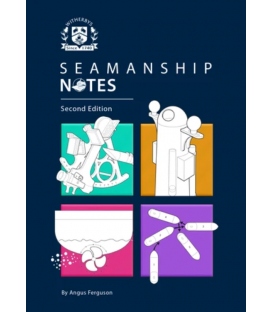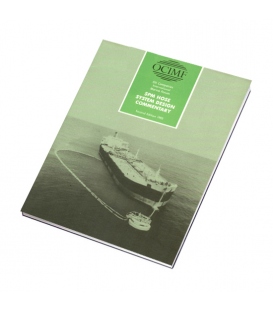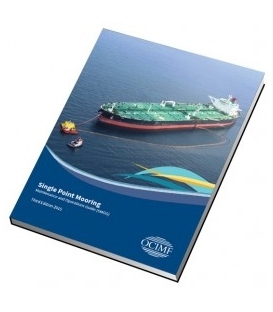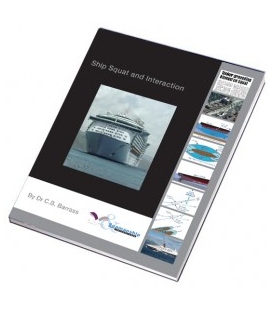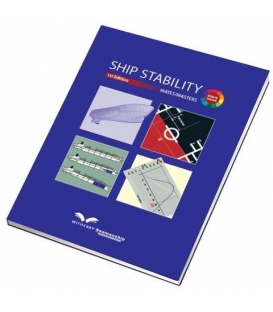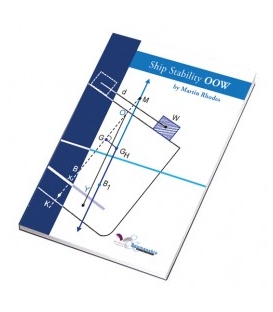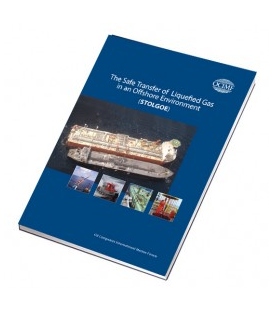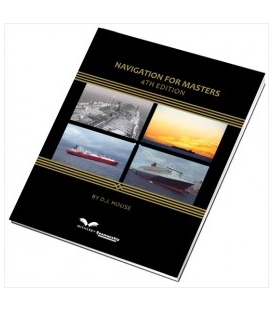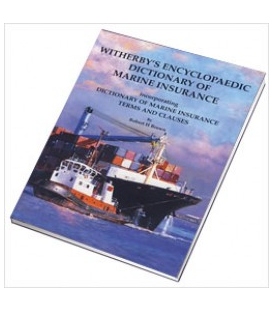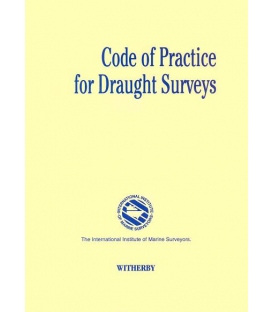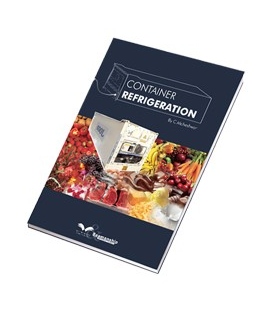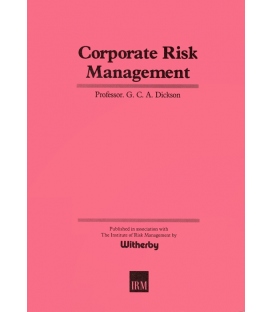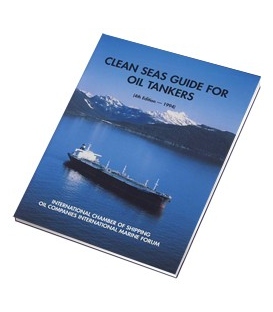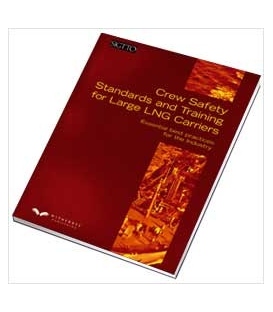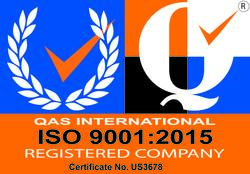

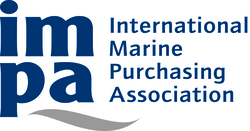
Sign up for our Newsletter
Tandem Mooring and Offloading Guidelines for Conventional Tankers at F(P)SO Facilities
***This publication is canceled and replaced by Guidelines for Offshore Tanker Operations, 1st Edition 2018
Tandem Mooring and Offloading Guidelines for Conventional Tankers at F(P)SO Facilities.
These guidelines address tandem mooring and cargo transfer operations of crude oil and other petroleum products between Floating (Production) Storage and Offloading facilities (F(P)SOs) and Conventional Tankers (CTs). F(P)SOs are increasingly being designed to accommodate CTs, as this permits increased flexibility in trading patterns for CTs and optimises field export freight economics without requiring dedicated or specialised shuttle tankers. These guidelines are intended to assist in improving equipment and procedures for CT tandem activities.
These guidelines are primarily intended to familiarise Masters, ship operators, F(P)SO Operators and project development teams with the general principles and equipment involved in F(P)SO – CT operations. Transfer of crude oil and petroleum products between an F(P)SO and a tandem moored Conventional Tanker (CT) has become commonplace in the shipping industry as Operators increasingly develop offshore fields without recourse to shore based export terminals. Experience gained from existing operations has proven that cargo transfer operations in a tandem mooring configuration may be undertaken safely and reliably. In order to address site-specific aspects in particular locations, the recommendations contained within this publication may be supplemented by additional requirements from development project teams, individual ship owners (or ship managers) and individual F(P)SO Operators.
These Guidelines are intended to provide an understanding of the issues - including design, equipment, operations and environmental limitations in operation – contributing to a successful and safe tandem mooring and cargo transfer between an F(P)SO and a CT. Such issues should be taken into consideration by Project teams in the design / construction stage and by Operators at the execution stage, in order to provide an F(P)SO facility that maintains operational risk as low as reasonably practical, utilising risk reduction processes including, but not limited to, HAZOP, HAZID, Quantitative and Qualitative Risk Assessment and Failure Modes and Effect Analysis (FMEA), as appropriate.
This OCIMF document addresses the inter-relation between the F(P)SO and unmodified, Conventional Tankers operating in tandem mooring configuration. The guidance includes recommendations for mooring equipment, considers mooring loads and operations, motions of the F(P)SO and CT, station keeping, cargo transfer equipment and cargo transfer operations. Risk management of F(P)SO operations is addressed in detail within the: • OGP ‘Guideline for Managing Marine Risk Associated with F(P)SOs’ • UKOOA ‘Tandem Loading Guidelines’ • OCIMF ‘Offshore Safety Guidelines with Special Relevance to Harsh Weather Zones’. These documents primarily address dedicated Dynamic Positioning capable shuttle tanker operations. The relevant principles of Risk Management when operating with CTs in a tandem configuration are considered within this document.
Section 1
Glossary of Terms and Abbreviations 1
Section 2
Introduction 7
2.1 Scope 7
2.2 Purpose 7
2.3 Objectives 9
Section 3
Applicable Codes and Standards 11
3.1 Regulatory Compliance 13
3.2 Classification Society (CS) Rules 13
3.3 Statutory Requirements 14
3.4 Coastal State/Local Requirements 15
3.5 Process Equipment Industry Standards and Guides 15
Section 4
FPSO, FSO and Offloading Philosophy 17
4.1 Definition and Application 19
4.2 Operating Environments 19
4.3 F(P)SO Subsea Mooring Arrangements 20
4.4 F(P)SO location relative to other structures 21
4.5 Basis of Design and Offloading Philosophy Development 24
Section 5
F(P)SO Tandem Mooring Configuration and Equipment 27
5.1 Introduction 29
5.2 Mooring Equipment Design 29
5.3 Single and Dual Hawser Mooring Systems 31
5.4 Mooring Equipment 33
5.4.1 Chafe Chain Securing Point 34
5.4.2 Fairlead 34
5.4.3 Chafe Chain 34
5.4.4 Mooring Hawsr 37
5.4.5 Weak Link 38
5.4.6 Hawser Handling and Storage 39
5.4.7 Hawser Retirement 40
Section 6
F(P)SO Cargo Offloading Configuration and Equipment 43
6.1 Configuration 45
6.2 Cargo Pumping System 45
6.3 Custody Transfer System 45
6.4 Manifold 46
6.5 Hose Flushing Arrangements 46
6.6 Cargo Hoses and Equipment 47
6.6.1 Cargo Hose Stowage in the Sea 48
6.6.2 Cargo Hose Stowage Reel 49
6.6.3 Cargo Hose Trough Storage 50
6.6.4 Cargo Hose Size and Length 51
6.7 Quick Release Couplings 54
6.7.1 Passive Couplings 54
6.7.2 Active Couplings 54
6.8 Hose End Fittings 55
6.9 Overpressure and Surge Protection 56
6.10 Cargo Containment 56
6.11 Lifting and Other Equipment 57
Section 7
Conventional Tanker Tandem Mooring and
Loading Configuration and Equipment 59
7.1 Conventional Tankers 61
7.2 CT Bow Mooring Equipment 61
7.3 CT Cargo Manifold 63
7.3.1 Cargo Manifold Configuration 63
7.3.2 Cargo Hose Lifting Equipment 63
7.4 Position Keeping Equipment 64
7.4.1 Position Keeping 64
7.4.2 Towing Strongpoint and Bollards 64
7.4.3 Stern Mooring Winch 65
7.5 Personnel Transfer Facilities 66
7.6 Lighting 66
7.7 Surge Prevention and Overpressure Protection 66
7.8 CT Equipment Maintenance and Repair 66
Section 8
Mooring Forces and Relative Motions 69
8.1 Introduction 71
8.2 CALM Buoy and Conventional Tanker 71
8.3 F(P)SO and Conventional Tanker 71
8.4 Simulation, Motions and Forces 73
8.4.1 Condition of F(P)SO and CT 73
8.4.2 Hawsers 73
8.4.3 Tugs 74
8.4.4 Environmental Conditions 74
SECTION 9
Support Vessels, Manoeuvring and Station Keeping 75
9.1 Environmental Limitations for Tandem Mooring & Offloading 77
9.2 Requirements for Tugs and Support Vessels 77
9.2.1 General 77
9.2.2 Personnel Transfer 77
9.2.3 Mooring and Line Handling 78
9.2.4 Hose Handling 78
9.2.5 Tug Assistance 78
9.4 CT Approach to the F(P)SO 80
9.4.1 Approach to Turret Moored F(P)S 82
9.4.2 Approach to Spread Moored F(P)SO 83
9.5 Approach Speed 84
9.6 Station Keeping and Limiting Sectors During Offtake 84
9.6.1 Operating Sectors 84
9.6.2 Monitoring and Alarm Systems 86
9.6.3 CT - F(P)SO Separation 87
9.6.4 Use of Thrusters on F(P)SOs 87
9.7 Navigational and Berthing Aids 87
9.7.1 Laser Range Finder 87
9.7.2 Telemetry and Doppler Systems 87
9.7.3 Handheld DGPS 87
SECTION 10
Tandem Offloading Operation 89
10.1 Organisation and Responsibilities 91
10.1.1 Management of Offloading Operations with CTs 91
10.1.2 Terminal Operator’s Responsibilities 91
10.1.3 Mooring Master and Assistant Mooring Master Requirements 91
10.1.4 Terminal Operations Procedures Manual 91
10.1.5 Terminal Regulations Manual 92
10.2 Pre-Arrival Preparations 92
10.3 Pre-Mooring Preparations 92
10.4 Mooring Operation 93
10.5 Pre-Transfer Conference 94
10.6 Cargo Hose Connection 94
10.7 Cargo Transfer 94
10.8 Cargo Handling 95
10.9 Communication Requirements for Tandem Offloading 95
10.10 Disconnect and Un-Mooring 95
10.11 Night Operations 96
10.12 Manning and Watch Standing Operations 96
SECTION 11
Risk Management 97
11.1 CT Tandem Offload 99
11.2 Hazards and Effects Management Process 99
11.3 CT Tandem Offloading Hazard Identification 100
11.4 Risk Assessment 101
11.5 Risk Control 101
11.6 Mitigated Risk Assessment 102
11.7 Recovery Measures 102
SECTION 12
References 103
Industry Guidelines 103
IMO Resolutions and Guidelines 103
Classification Rules 104
Mooring Systems 104
APPENDIX A
Offloading and Maintenance Philosophy 109

